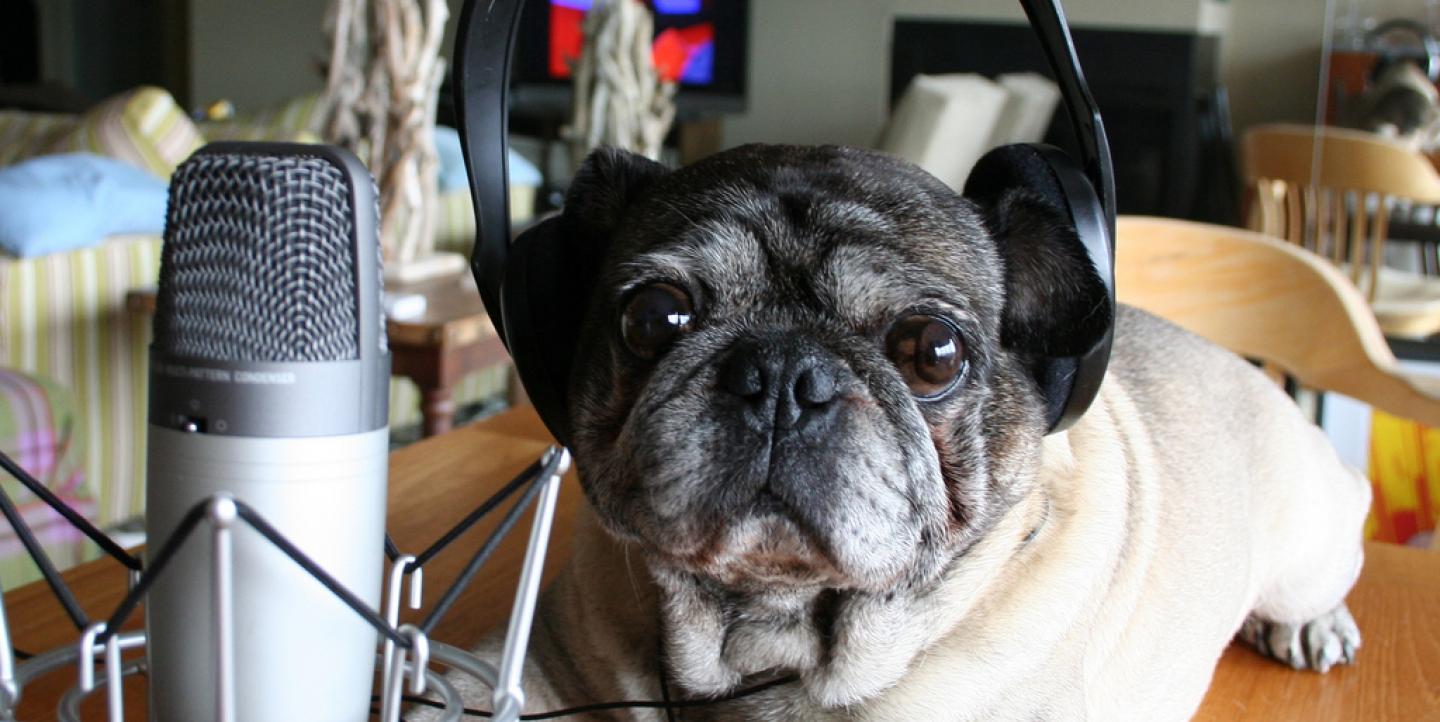Gathering all the equipment you need to start your own podcast is important, but the technical aspects are just half the battle.
“Everybody has technical questions … but what you should really be thinking about is how to create great content,” said Michael O’Connell, producer of the It’s All Journalism podcast, at the Online News Association conference in Los Angeles.
IJNet recently recapped the first part of O’Connell and WBUR Executive Editor of Digital Tiffany Campbell’s ONA session, “A Beginner’s Guide to Podcasting,” which focused on the five steps to starting your own podcast.
Now we’ll dive into creating good content for that podcast, once you’ve got the technical know-how squared away. Here are a few key takeaways from their talk:
Find your target audience
“It’s so not ‘build it and they will come’,” Campbell said. “You have to go out and find your audience.”
Listeners aren’t going to be people just scanning the airwaves. You have to put extra work into attracting them.
“Thinking about your audience is really critical,” she said. “When you’re on the radio, people are just listening because that’s what’s on. But when people choose to subscribe to your podcast, and download and listen to it, they made an important choice, so that’s a relationship you have to build.”
When you’re trying to find your target audience, actually make a list of people who would want it. Find people who are already interested in the podcast’s subject matter and tap into those networks, Campbell suggests.
“The real challenge is to break out of the hardcore podcasting audience,” Campbell said.
Find your niche
“One of the most important things to remember when creating a podcast is how many there are out there,” Campbell said. “So it’s really important to find your niche.”
Choose a topic that you know well and can chisel down into a specific angle. If you’re going to choose a more general topic that’s already flooding the market, then you need to approach it from a very particular angle.
“If someone’s going to commit to listening to you, they really want to be there,” Campbell said. “That’s part of the appeal in the industry right now. Once you’ve got someone hooked in and listening, you’ve got them captured in a way that we don’t see with a lot of types of content.”
Choose topics with long shelf lives
“[Podcasts] do not seem to age in the same way that other types of content do,” Campbell said. “It can be such evergreen content that it allows more time for people to discover it, which can be a great advantage,” she said, especially considering how difficult it is for users to discover new podcasts.
Breaking news isn’t always the best recipe for a successful podcast, O’Connell said, though podcasters often examine breaking news stories by looking at the bigger picture or honing in on a cause.
For example, rather than covering the day-to-day happenings from the Boston Marathon trial, WBUR and the Boston Globe teamed up to create a “pop-up” podcast, called Finish Line. The team analyzed the coverage in terms of what you’d overhear the reporters saying to each other in courtroom, or if you were debriefing with journalists at a bar.
Consider length and structure
“Freedom of format can be really liberating to people who have a background in broadcast,” Campbell said.
A lot of the famous radio shows are built to fit within a one-hour time block, whereas podcasts can be produced to fit the usual time-length of daily activities - like a workout or commute to work.
There’s also freedom in the type of structure you choose as well. Some typical approaches include:
- A straightforward host and interview structure
- Narrative storytelling, which involves building stories around interviews with natural sound and can be much more difficult and time consuming
- A conversational/humorous style, which allows you to take advantage of how intimate podcasts can be. (It’s literally someone chatting in your headphoned ear, rather than someone talking at you in the car.)
Interviewing techniques
If you’re trained as a print/text journalist, the interview style will be slightly different.
“It’s part performance,” O’Connell said. “You need to create an experience for the person who’s listening to it. It’s about fostering a conversation and making the content you’re creating interesting for the people who are listening to it. You do that by preparing ahead of time.”
Send the interviewee questions and talking points ahead of time, so they feel comfortable opening up to you and the conversation will flow. And in the end, the product is something you create together, O’Connell said.
Analytics and how to measure success
The industry is still trying to figure out the best set of metrics to measure podcast success.
There’s a current debate about what’s more valuable - the number of subscribers versus downloads. The number of downloads can sometimes be inflated because people subscribe to a podcast with good intentions to listen to all 12 episodes they downloaded, but it doesn’t mean they actually listened to them. You can track metrics with Blubrry, Podtrac or LibSyn.
Another question podcasters are trying to solve is how long users need to tune in to the podcast for it to truly count it as a listen. Try experimenting with a few measurement techniques before settling on one. You'll need numbers about your audience reach in order to sell advertisements if you're looking to monetize your podcast.
Main image CC-licensed by Flickr via zoomar.

